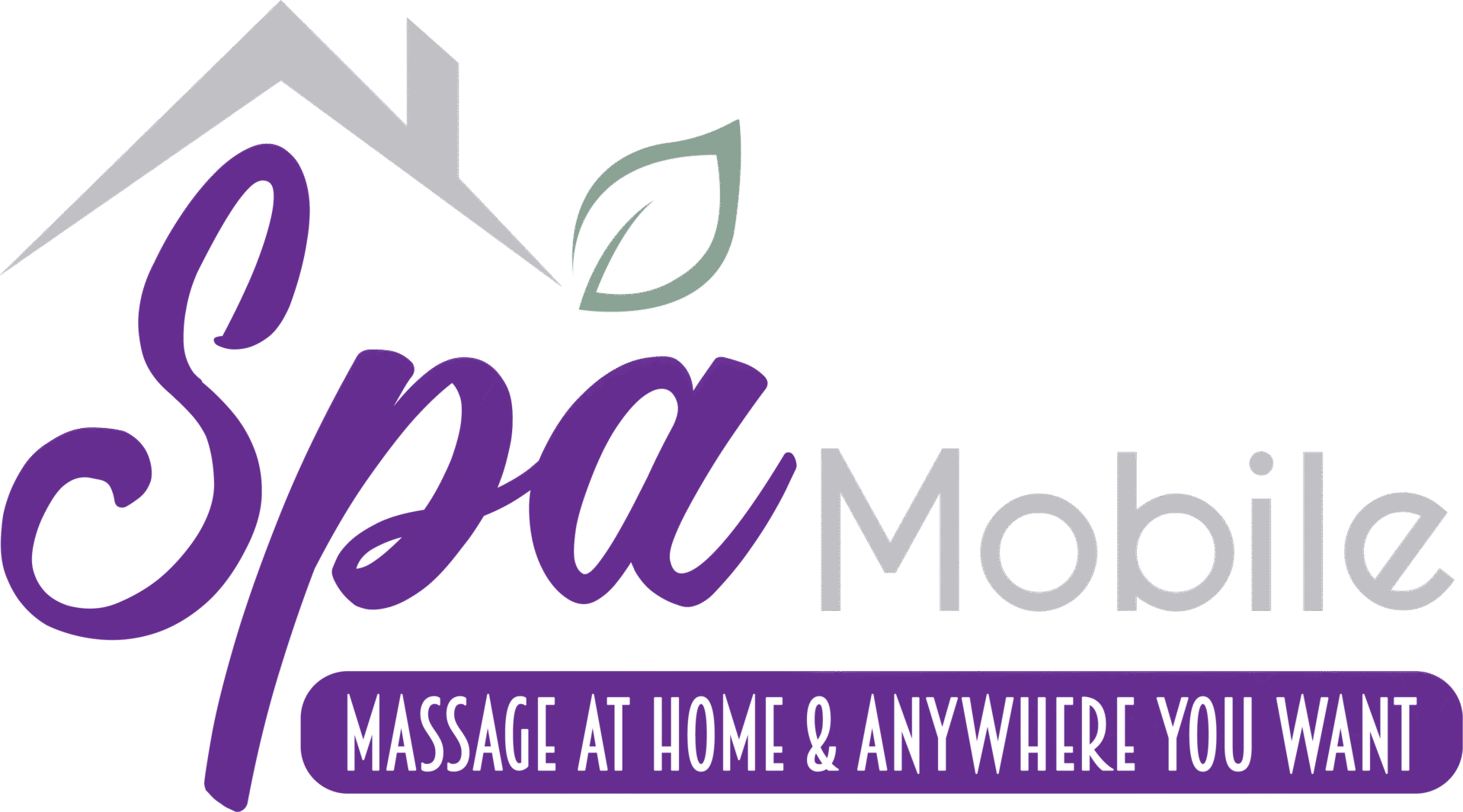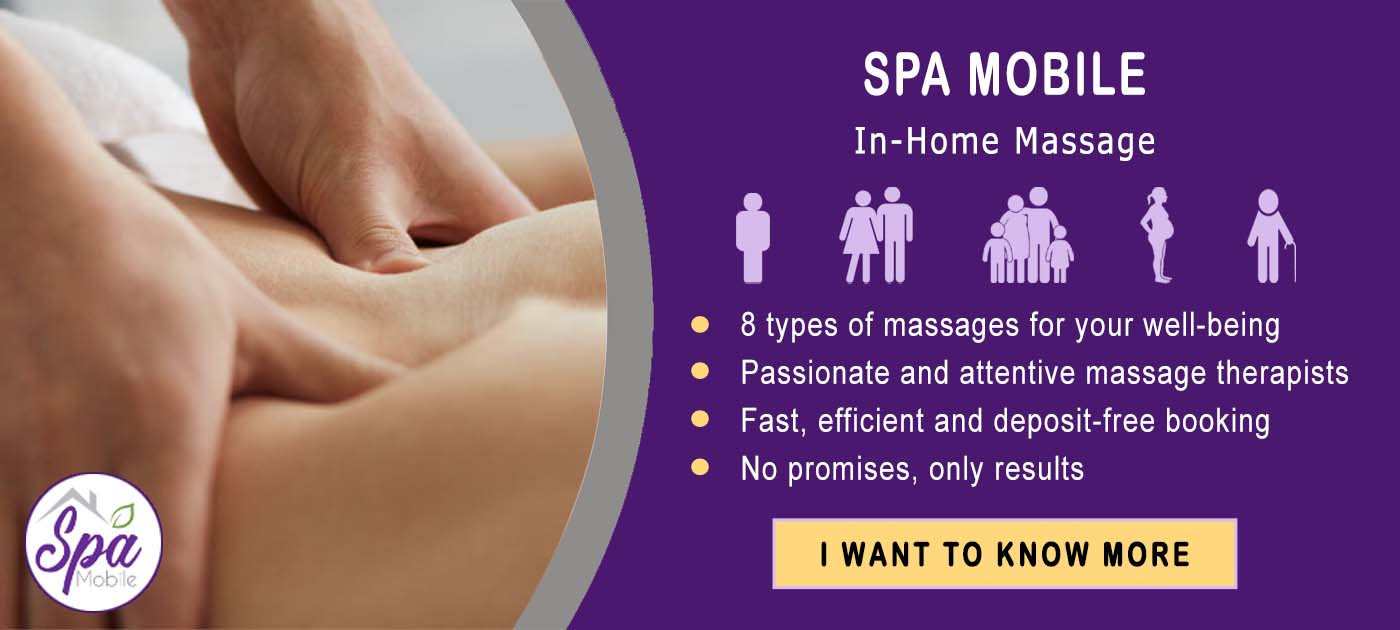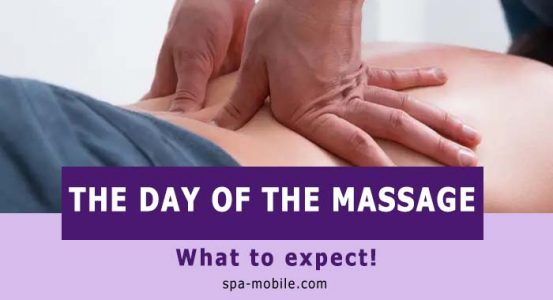- Trigger points
- What are the factors that cause knots in the neck area?
- When to consult a doctor?
- How can knots in the neck or back of the neck be prevented?
- So, should I have it short and robust if my muscles are weak and long?
- It would be best if you still relieve neck pain or neck pain.
- Choose massage therapists who are attentive to your situation.
Have you ever felt a sharp pain in your neck when you turned your head too quickly or after strenuous exercise?
Have you ever sat awkwardly at work for a long time, and your neck hurt?
Do you sometimes find yourself struggling with knots in your neck or neck resulting from sports injuries or muscle trauma?
Usually, you start to get better after a few days if you have sore neck muscles or neck muscles with knots, but if the pain persists and you can identify where it is coming from, you have a point. Trigger.
A deep tissue massage can relieve knots in the neck or back of the neck, and luckily, you don’t have to go far from home because Spa Mobile comes to your home.
Trigger points
Trigger points are tight knots of muscle fibres that cannot relax and are primarily found in the trapezius muscle, which runs from the base of your head to your shoulder and down to the middle of your back.
It is possible to have multiple trigger points in a single muscle, usually within a few inches of each other. The muscle is generally tighter and denser at a trigger point, almost like a rope. If you press on it, you can tell if the pain is coming from the trigger point or affecting the whole muscle region.
So, trigger points are often identified as the cause of neck or neck pain, but in reality, trigger points are probably nothing more than the body’s symptomatic reaction to a problem. Jacent. It’s like sneezing or sniffling when you have a cold, which is the body’s reaction to the virus. Trigger points are no more severe than that and are rarely the leading cause of pain in your neck or back of the neck.
On the other hand, we have all felt a painful, tight knot in the neck or nape area at some point and have all had temporary relief from someone sticking their thumb, elbow, or even a finger in it—an acupuncture needle.
What are the factors that cause knots in the neck area?
There are many possible factors for knots in the muscles in your neck area. Some of the more common factors include:
- Bad posture: If your neck and back are constantly rounded, the surrounding muscles may contract;
- The stress: When you are mentally or emotionally stressed, your muscles are more likely to contract. When you are stressed, your breathing also tends to be shallower. This can reduce the amount of oxygen reaching your muscles;
- Physical inactivity: Lack of exercise can contribute to poor posture. It also increases the risk of muscle injury;
- Overtraining: Repetitive movements during sports, work or physically demanding activities can cause muscle knots. Repetitive lifting of heavy loads can also increase the risk of a knot;
- A wound: Injuries such as muscle tension or tears can contribute to knots;
- Sitting or lying down for a long time: You can develop a knot after sitting or lying down for an extended period. Developing a knot after sleeping in an awkward position is expected.
When to consult a doctor?
If the knot in your neck doesn’t go away or gets worse, make an appointment with your doctor. Also, see a doctor if you have a knot in your neck and have the following:
- Numbness or tingling in the limbs;
- Pain that makes it difficult to sleep;
- Persistent headaches;
- A blurry view;
- Dizziness ;
- Difficulty swallowing;
- Difficulty in breathing;
- High fever with stiff neck.
Depending on your symptoms, your doctor may prescribe physical therapy, including :
- Therapeutic or deep tissue massage;
- Stretching exercises;
- Electrostimulation;
- Mobilization of trigger points;
- Ultrasound therapy;
- Postural rehabilitation;
- Anti-inflammatory drugs can help eliminate muscle pain;
- Putting on an ice pack or heating pad can naturally relieve muscle pain;
- Avoid repetitive efforts, which can cause muscle knots in the neck.
How can knots in the neck or back of the neck be prevented?
The best way to avoid muscle knots in the neck or back is to prevent trigger points by focusing on good posture and body mechanics. Plus, finding healthy ways to deal with stress is essential. Stress is a normal part of everyday life; we all need to find positive ways to deal with it physically and mentally.
The first thing to do is find out what is happening with your neck or neck pain in the shoulder area. The painful and tense area you may feel is the upper trapezius, an essential muscle in shoulder and neck function.
The upper trapezius begins at the neck and attaches to the upper edge of the scapula. The upper trapezoid function allows the scapula to rotate so that you can lift your arm and hold the scapula to be seated well in the correct orientation.
In the majority of people with neck pain or neck pain, the scapula often sits a little lower, causing the upper trapezius to lengthen and weaken. As a result, she has pain in the neck area and has difficulty performing tasks that help the body move. Therefore, His reaction is to have a tantrum or get angry by creating the trigger point, ultimately an effect and not a cause.
Usually, what puts you in this painful situation are prolonged postures where the muscle is constantly stretched, becomes weaker, and cannot perform the tasks it is supposed to do.
We live in a world of computers, iPhones, and iPads. These devices do not cause neck pain; the cause is that you are constantly bending over to read or watch, resulting in an unfit body to sit well.
So, should I have it short and robust if my muscles are weak and long?
This is probably not a bad idea; to be fair, this is the long-term result you seek. Any massages, injections, treatments, or even injections are unlikely to provide long-term well-being.
The first step is to determine the exercises to correct the posture of the scapula and thoracic spine. The easiest way to do this is to lift your chest about an inch, lift the tips of your shoulders to an inch, and slightly back. You may find that by doing this, you can move your neck better, making the knot less painful. Also, the key is to keep the arm about 30 degrees to the side of the body to strengthen the upper trapezius muscle.
It would be best if you still relieve neck pain or neck pain.
Trigger point therapy with deep tissue massage followed by stretching is suitable from a purely symptomatic point of view. It is a short-term relief to be well.
Once your pain is gone, it’s time to fix the source of the problem. This is all about better posture and a more robust, healthier muscle system.
However, if you expect long-term results from massages alone, it may become less over time, and you are unlikely to develop a permanent solution for your neck pain. Or at the back of the neck.
So, if you want these knots to be untied, don’t hesitate to choose Spa Mobile, which offers massage and awareness to free you from the cause that gives birth to your situation.
Remember that it is okay to get stronger.
Choose massage therapists who are attentive to your situation.
If you want a unique massage to relax or free yourself from pain, discomfort, or suffering, isn’t it wise and sensible to turn to massage therapists who know what they are doing? Live?





